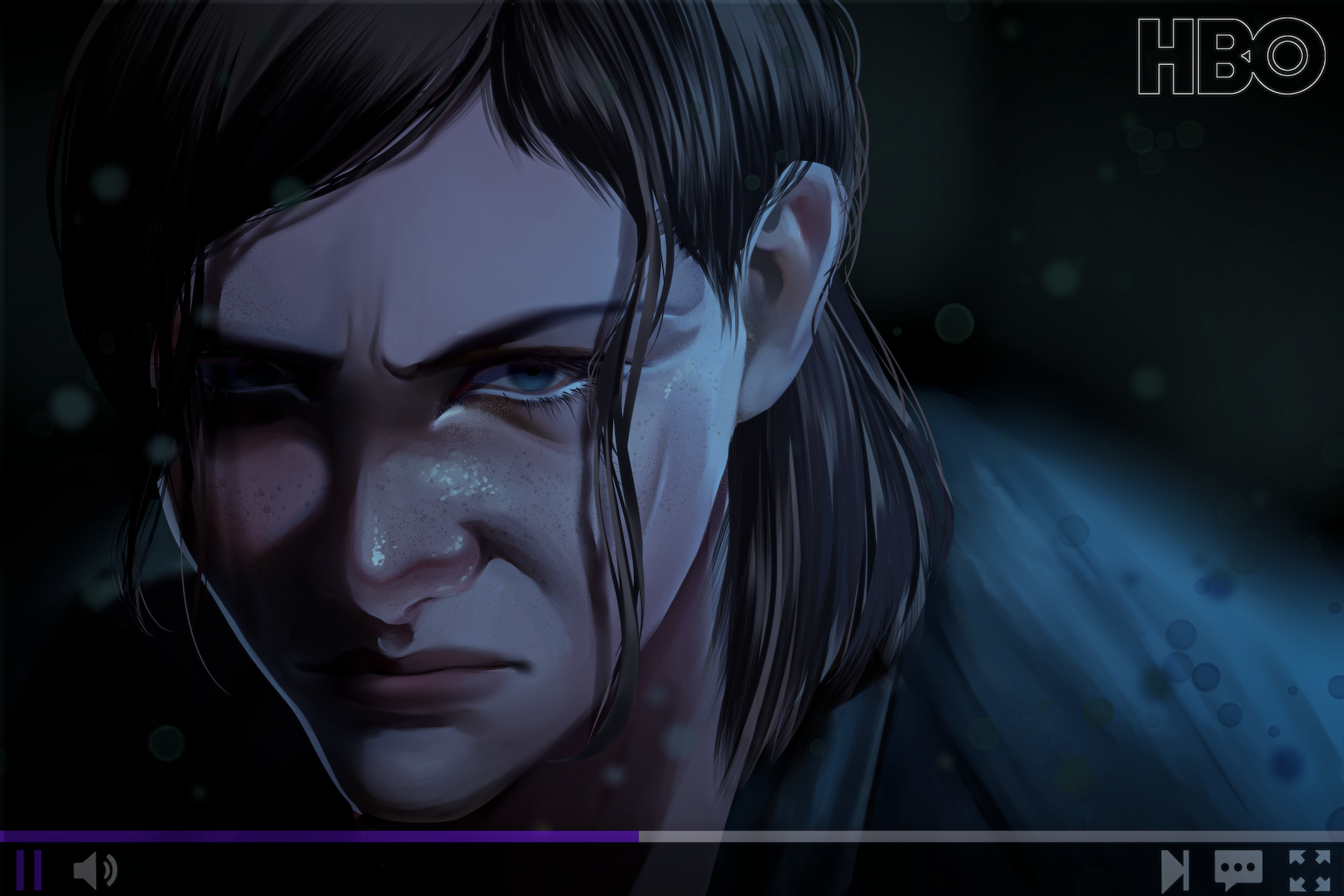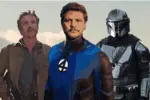On May 28, 1993, Nintendo released the infamous film adaption of one of the most famous video games of all time: Super Mario Bros. The film was a box office flop and kicked off what many now call the “video game movie curse.” In the 30 years since the film, dozens of projects based on video games have come out, and only a few have been moderately successful. Properties such as Tomb Raider, Street Fighter and Mortal Kombat have all taken a turn on the silver screen to audiences who were less than thrilled — some more than once.
When it comes to adapting video games, the two-hour runtime of films hardly has enough time to tell a more than 10-hour story ⸺ which is why the upcoming HBO adaption of The Last of Us has been receiving a bit more anticipation compared to releases of the past. Part of what makes video game adaptations so complicated is the density of the source materials that they are based on. The majority of the adaptations preceding The Last of Us have all been movies; the switch to television can allow for more creative freedom, proper pacing and the opportunity to faithfully adapt one of the most critically acclaimed video games of the 2010s.
What Is The Last of Us?
When The Last of Us came out in 2013, the game’s duration clocked in at 16 to 23 hours, depending on how the player chose to play. The story is about a man named Joel Miller as he navigates a zombie-infested, post-apocalyptic world. It takes place in the distant future, where a Cordyceps virus turns humans into monsters.
By his side is a 14-year-old named Ellie Williams, who is immune to the virus, which begins the story of the game. Along the way, Joel and the player learn Ellie’s immunity is the key to engineering a cure that could save what is left of humankind. The two trek across America with very few allies, searching for the right doctors who can create a vaccine that can nullify the effects of the Cordyceps virus. Due to the nature of the new world they live in, Joel and Ellie encounter enemies, both living and dead.
Setting the game in the U.S. also allows a sense of familiarity, despite being fiction. Even if the locations are made up — such as Saint Mary’s Hospital and the University of Eastern Colorado — important events will play out in the story, which, in turn, gives these places weight and meaning. In-game locations both big and small are also treated with great care by the art direction to show the passage of time in a desolate America, from collapsed skyscrapers to foliage creeping up houses and vehicles.
The game stars Troy Baker and Ashley Johnson, who play Joel and Ellie, respectively, both through motion capture and voice acting performances. Less than a year after the game’s release, Naughty Dog released a DLC, or downloadable content, called Left Behind, which indulges in the history of how Ellie became immune to the virus that created the infected. The DLC also introduces the player to her childhood friend Riley, who meets a tragic end as Ellie can only watch and face a reality she could never endure.
It was a combination of the stakes of a zombie apocalypse, video game graphics considered the best for its time and performers and voice actors who gave their all in telling, which led to the game’s massive success. The core relationship between the two main characters — which evokes a father-daughter dynamic — was not seen to the extent presented in The Last of Us. From this relationship came a critical theme of the game: Even in the bleakest and most bitter world, there is hope and light to be found. The critical acclaim peaked with the game winning Game of the Year in 2013.
Besides critics, players all around the world commended The Last of Us for taking a classic horror trope and expanding on the experience of surviving in a world completely changed. While initially, Joel and Ellie must travel together to salvage the world, he ends up choosing himself and his own happiness at the cost of humanity. Along with the world-building done by Naughty Dog, the game has a simple premise, which could be executed for a successful TV show … right?
The Video Game Movie Curse
As mentioned before, the 1993 film “Super Mario Bros” set a precedent for how audiences receive movies adapted from video games. The idea is not to be confused with “films based on the topic of video games,” as reported by Looper. Films like “Wreck-it-Ralph” and “Free Guy” are examples of movies that are based on the idea of video games and found immense success.
To pick a video game and create a story fit for the silver screen is a different challenge. Similar to book adaptations, video game movies usually come with a pre-existing fanbase that can boost the initial reception of the films. However, having a video game’s name in the movie title is not enough for gamers to leap from their chairs and run to the theater.
Gamers will notice if a film does not have the original spirit of the game or if the story lacks the same enthusiasm the developers poured into while creating the game. The Nintendo Enthusiast wrote, “The makers behind such films often aren’t fans, and it shows.” Where some films will try to take the story and do something different with the characters ⸺ such as setting Mario and Luigi in a futuristic, cyberpunk world instead of the green and blue landscape of the Nintendo games — others may sloppily copy and paste a storyline directly to the big screen — like in “Max Payne.” And more often than not, films are accompanied by CGI, which does not compare to the graphics of the original game.
What The Nintendo Enthusiast also points out is studios will select “properties based on the value of the franchise,” which is basically picking the most popular games and attempting to make a film based on it. As history has proven though, results are almost always lackluster. Games such as Resident Evil, Silent Hill and Assassin’s Creed are examples of excellent games that fell victim to poor adaptations just because the name had value.
Only in recent years have there been a few diamonds in the rough, such as “Pokémon Detective Pikachu (2019)” and “Uncharted (2022),” which earned moderate success at the box office. For the two films, the developers of the respective games were heavily involved in the creative process and journey to the silver screen. When it comes to The Last of Us, a different kind of outcome seems to be in the cards compared to the previous adaptations.
Breaking the Curse
In March of 2020, news broke that HBO was developing “The Last of Us,” and later the same year, the show was greenlit. The announcement brought with it a new set of expectations, one of which the internet had not had before for any other video game adaptation. Many had already known an adaptation of some kind was in the stars for The Last of Us, but rumors began to swirl the game would be made into a film, not a show. At the time, HBO was putting out shows like “Euphoria,” “His Dark Materials,” and “Chernobyl,” all of which received strong, critical support and reception. Adding “The Last of Us” to the list seems to show a break away from the trend set by prior video game adaptations.
Several months after the show was greenlit, it was announced that Pedro Pascal of “Game of Thrones” and “The Mandalorian” would star as Joel Miller. Alongside him is fellow “Game of Thrones” star Bella Ramsey, who will play Ellie. The decision to cast Storm Reid (“Euphoria”) as Riley also indirectly revealed the series would be telling the story of Left Behind in conjunction with the main plot of The Last of Us.
Attaching such widely loved actors to the project only brought forth more buzz online, and fans of the game began to wonder if the effort put into the adaptation would reap rewards, not rejection. Similarly with “Uncharted,” Naughty Dog president Neil Druckmann has been announced to executive produce the show with Carolyn Strauss and Craig Mazdin, best known for their work on “Chernobyl.” On Sept. 26, Pascal posted a very first look at himself and Ramsey as their characters, further building anticipation for the finished product.
https://www.instagram.com/p/CUTlZf5p0YX/?utm_source=ig_web_copy_link
If the production surrounding “The Last of Us” has shown audiences anything, it is HBO does not plan for the show to be a flop. The streaming service has quickly climbed the ranks of preferred providers due to the quality of shows and movies on the platform. Because the game is so well-loved, the partnership between HBO and Naughty Dog can bring attention to the show that it would not have received as a film. If the show does not satisfy casual viewers, much less fans of the game, “The Last of Us” could be tossed aside with other adaptation flops. Given the history of video game adaptations, having the budget and production team of an HBO show could end up being the best-case scenario for “The Last of Us.”
As film companies continue to look for new projects, the opportunity to adapt a story from another medium will always be there for the taking. “The Last of Us” has been in development since the success of the first game, with the looming curse of adaptations lingering over whoever chose to pick it up. Because the show is following a poor legacy begun by “Super Mario Bros,” the effort HBO is putting into the production shows “The Last of Us” could be bigger than projects like “Uncharted” and “Detective Pikachu.”
Filming is ongoing and so far has stayed local to North America, and the use of real locations will forestall the need for the CGI often seen in adaptations. HBO also considering casting and involving some of the most commended talents on their roster could surely help to convince the audience “The Last of Us” is a story worth telling. Though the show does not come out for another year, the game looks to be in trustworthy hands.

















